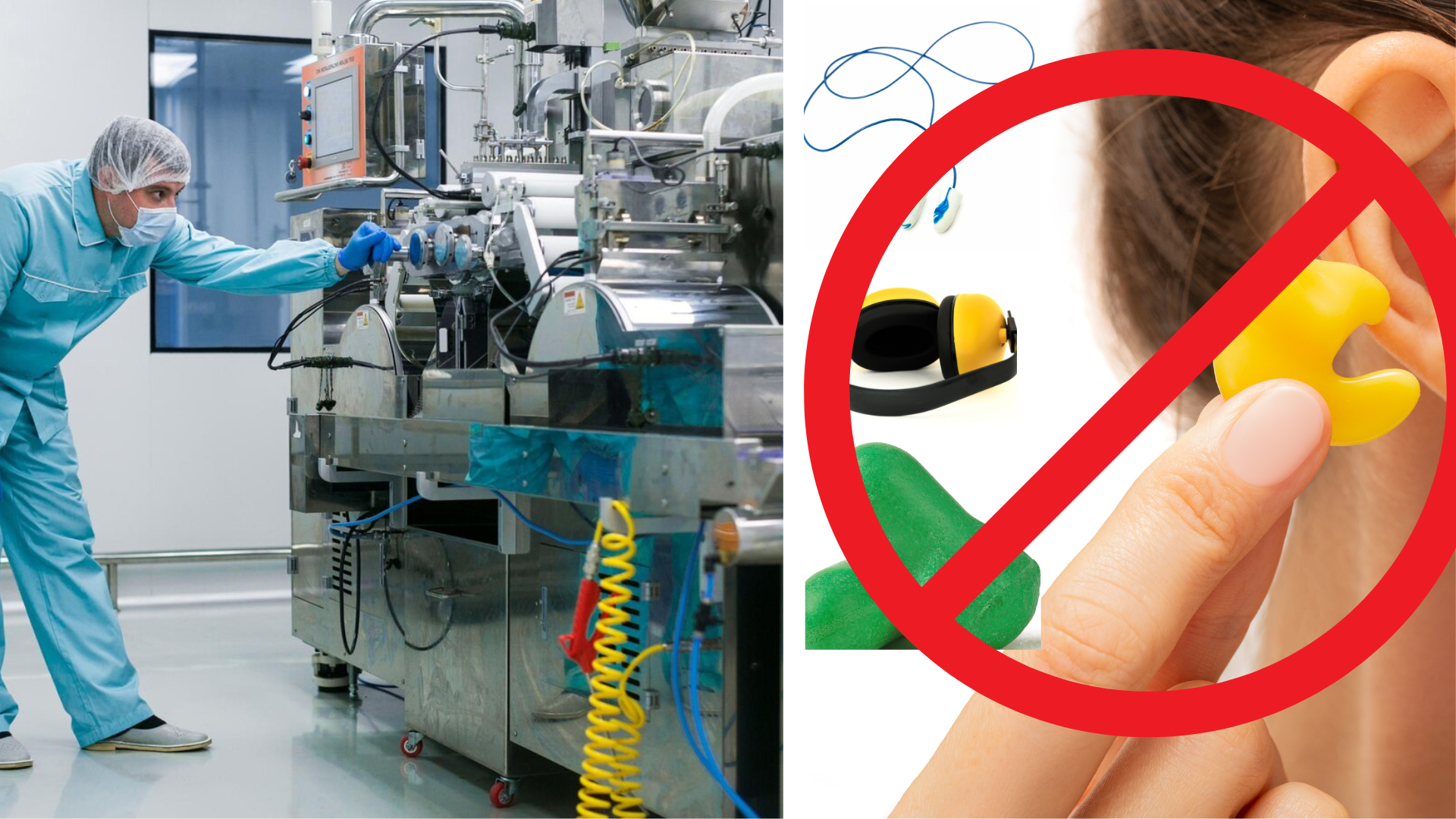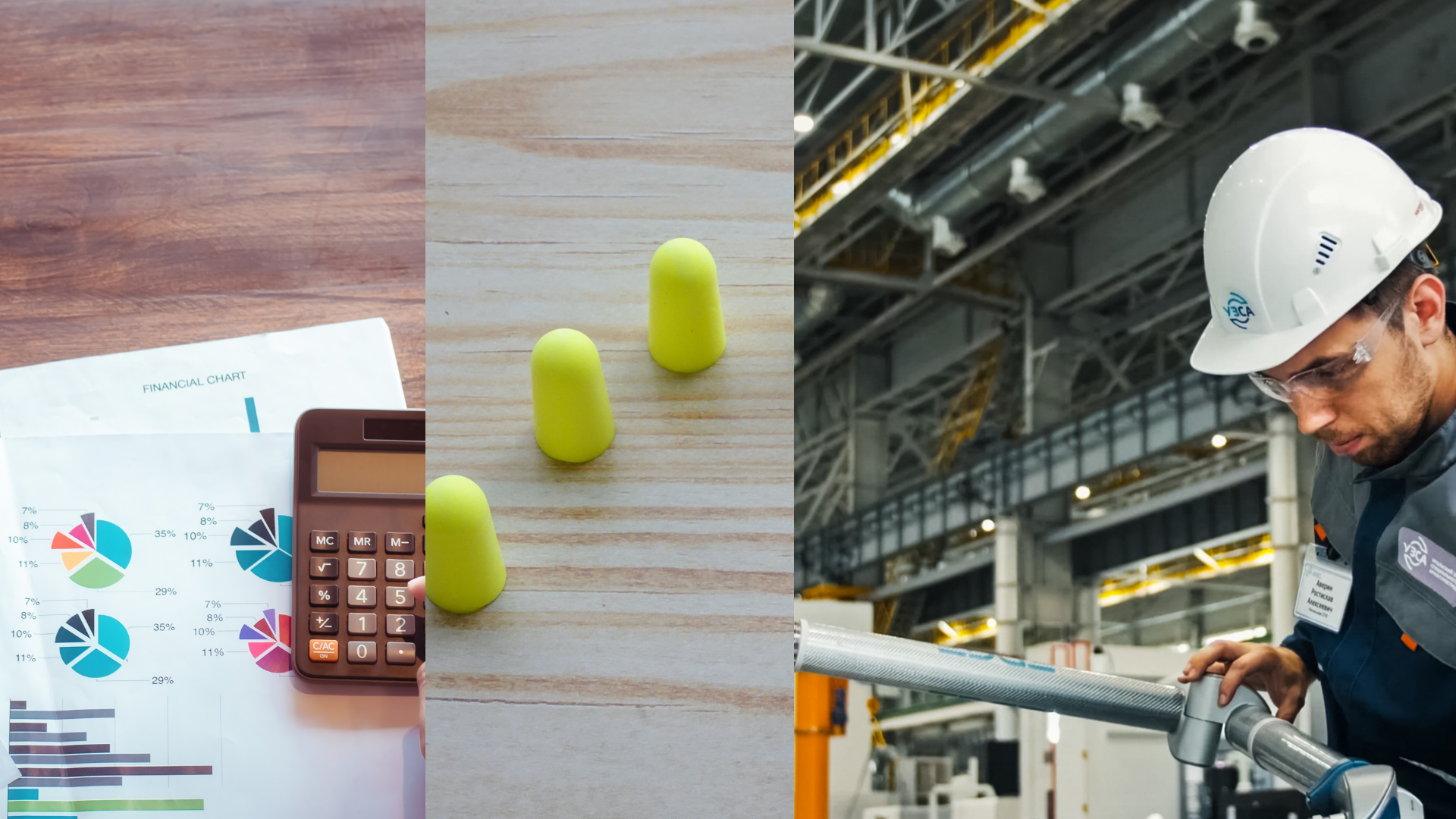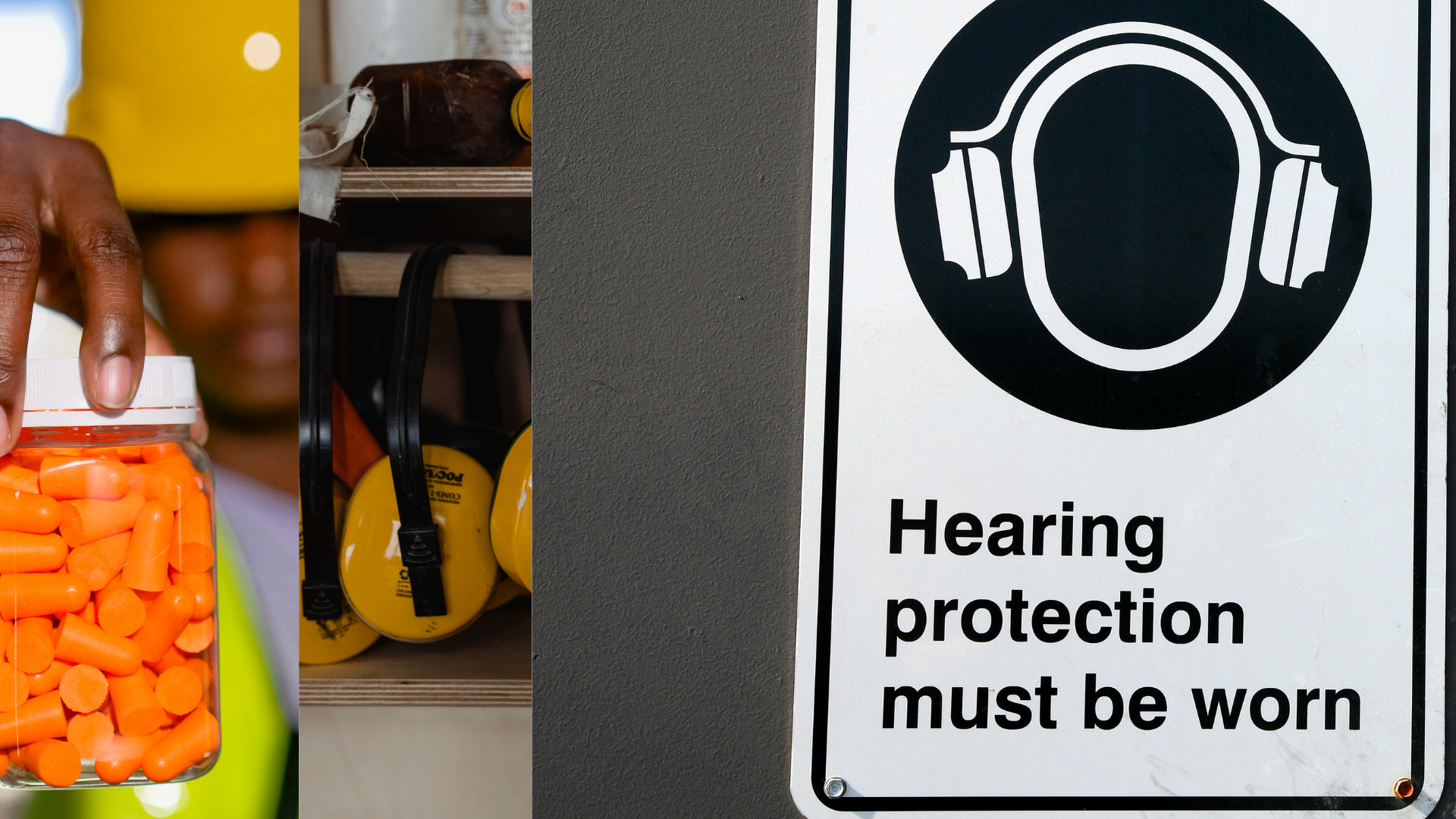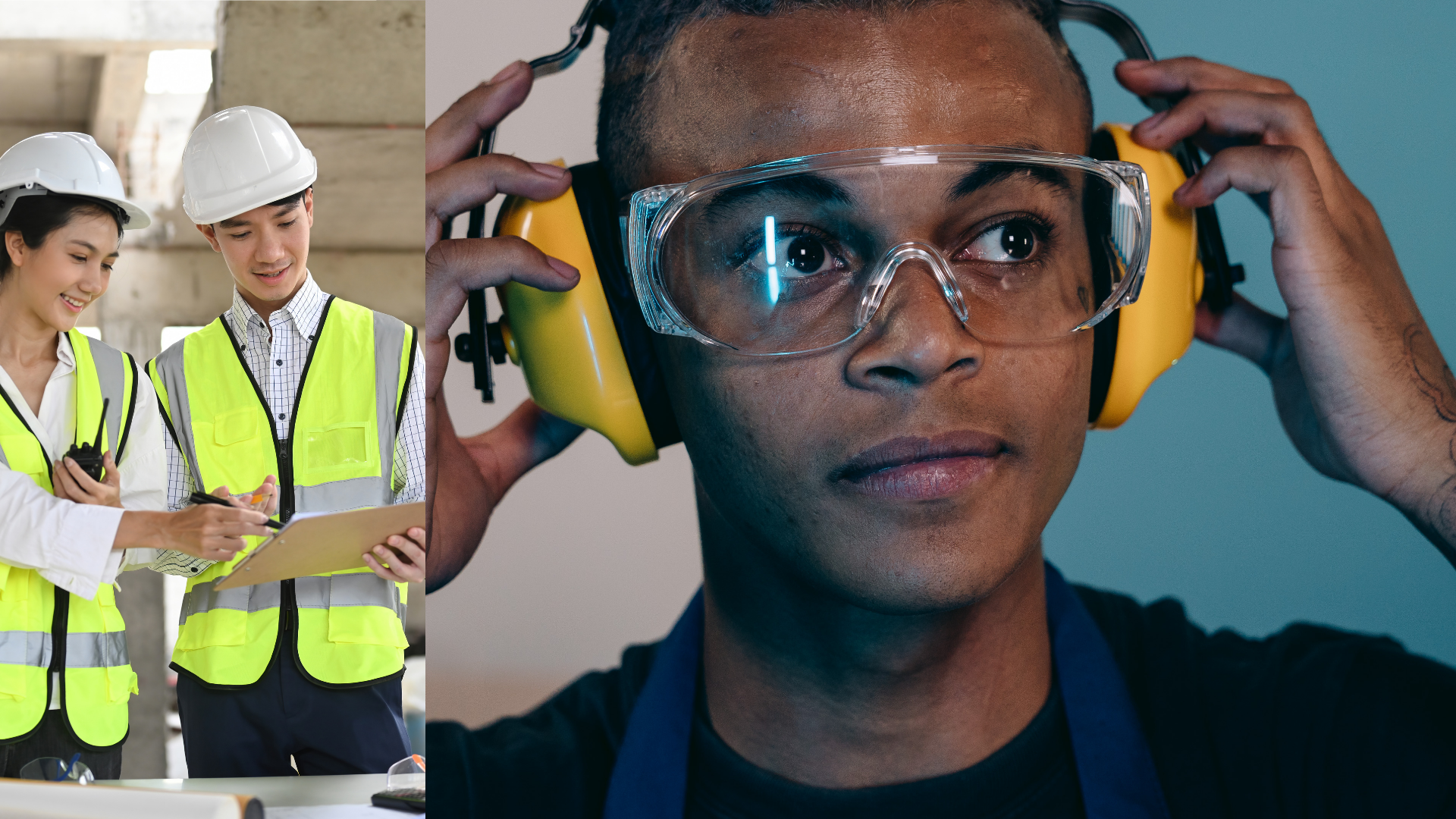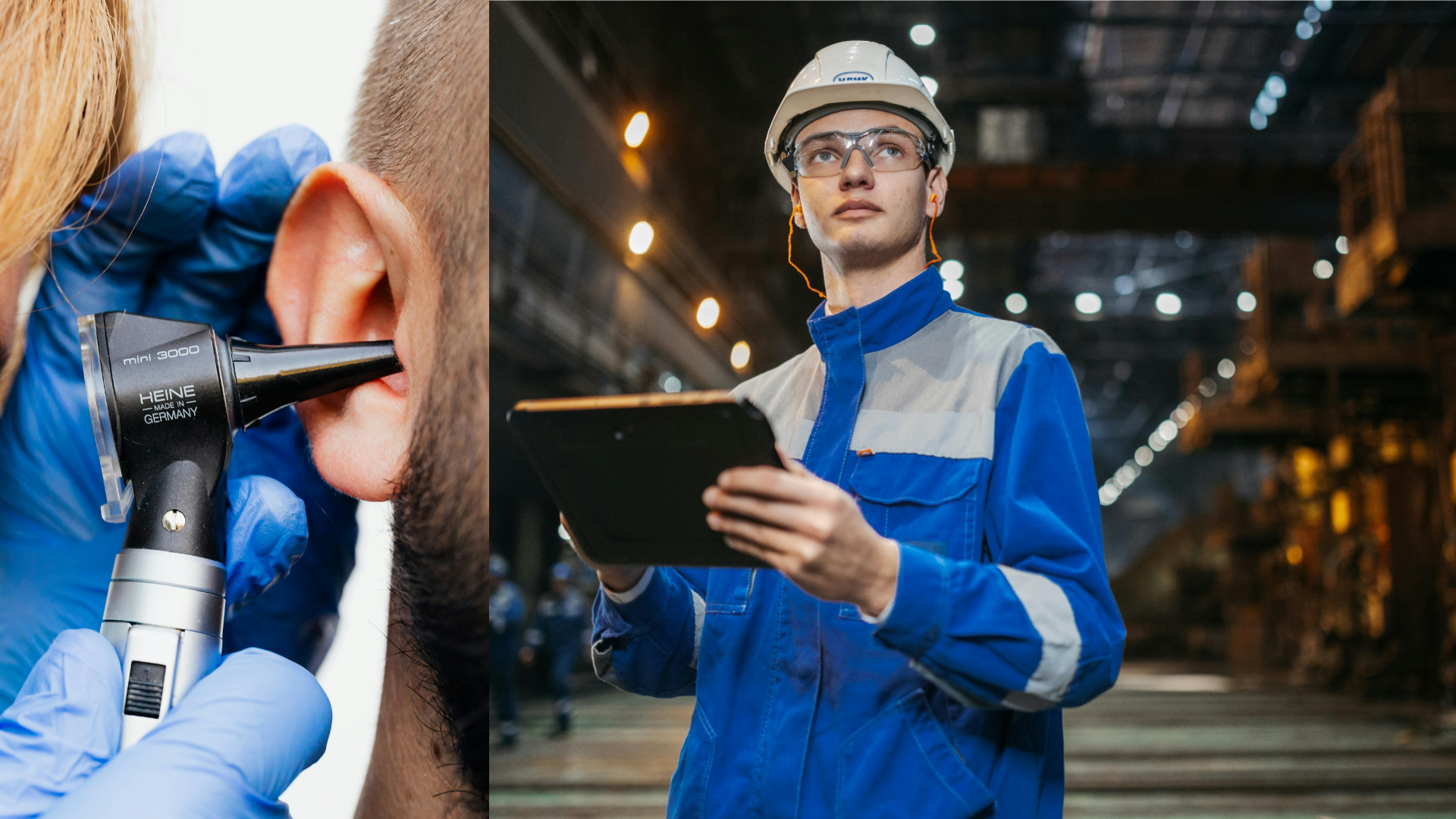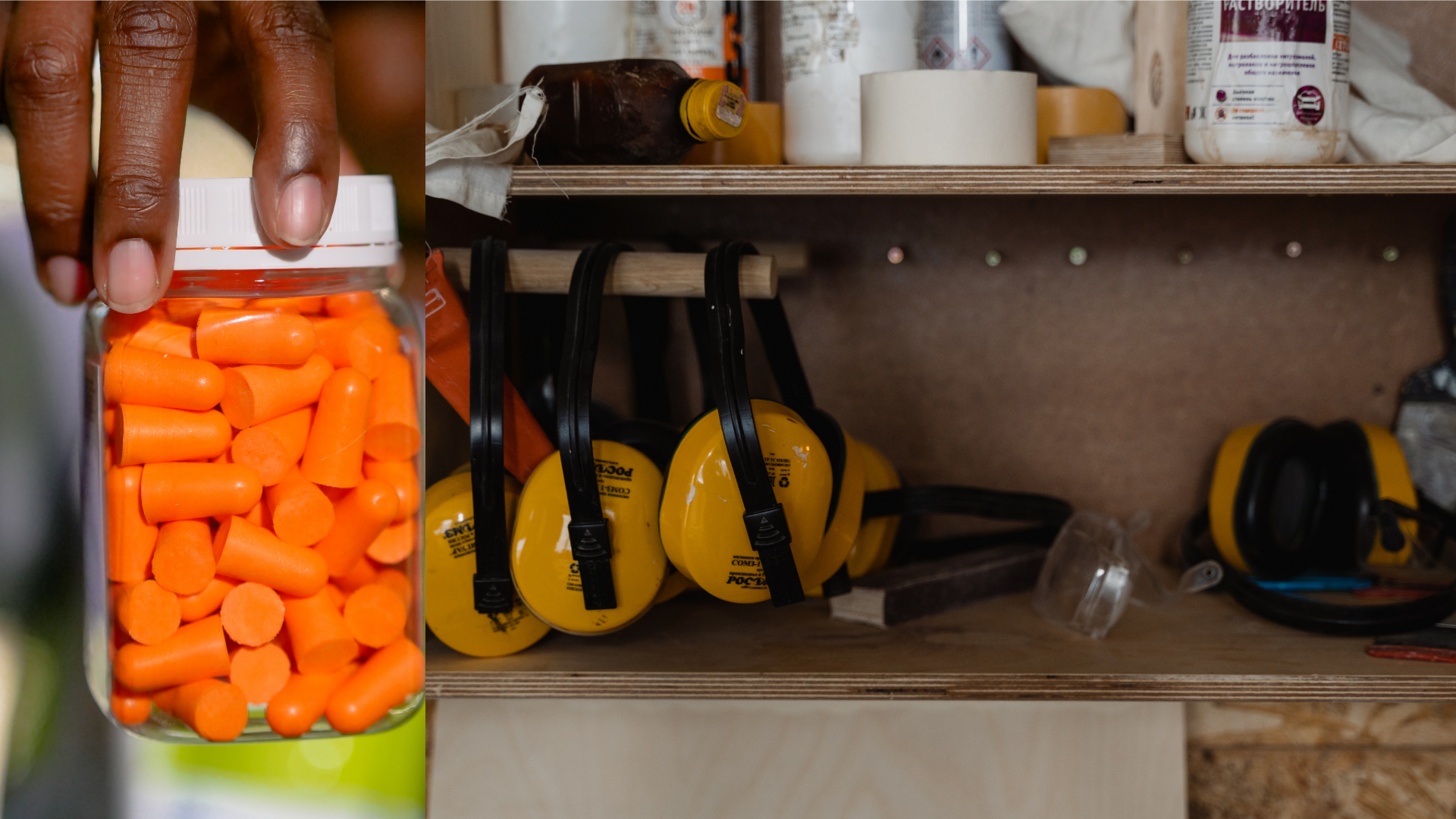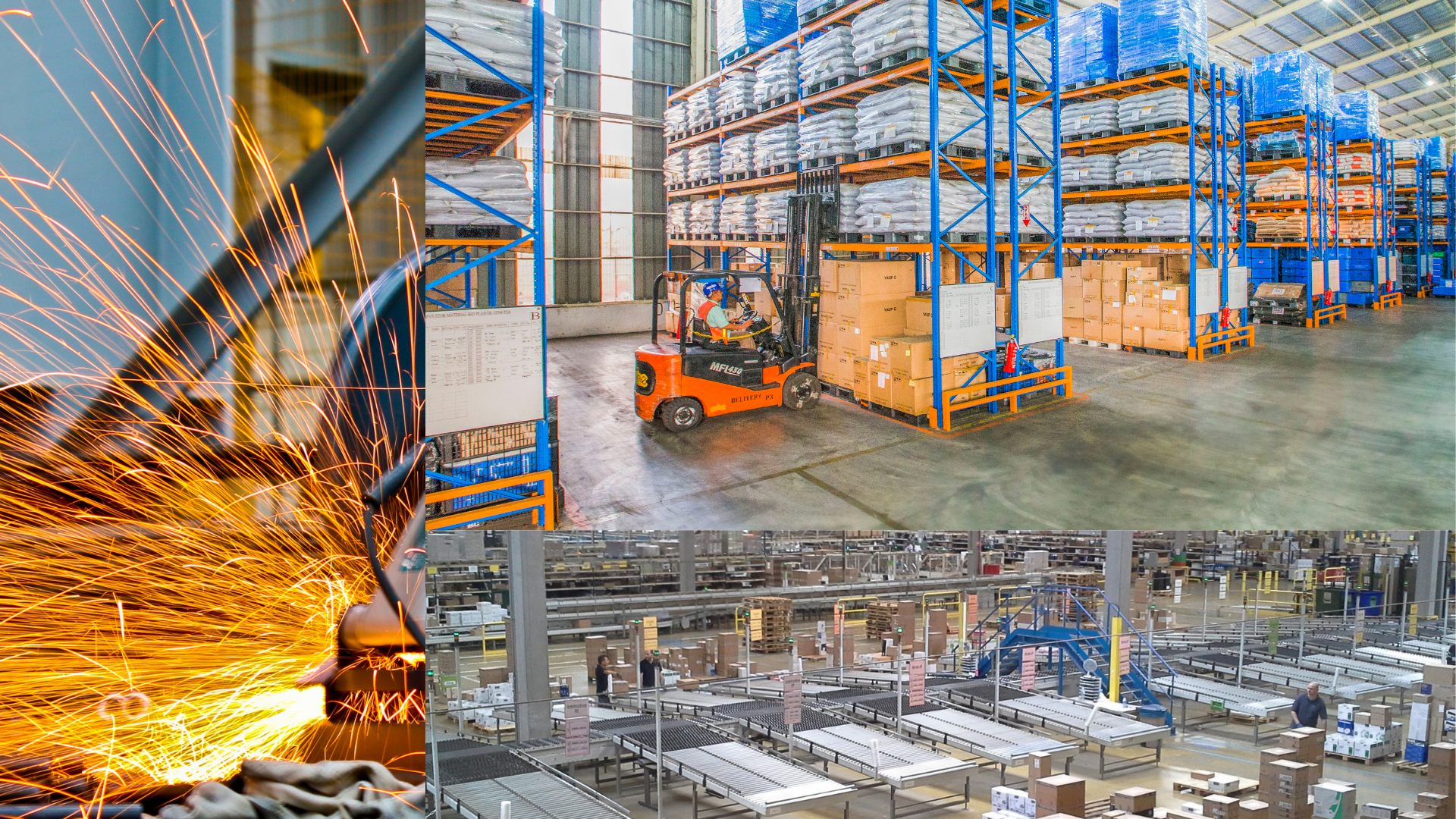What to Expect at a Hearing Test
As an unavoidable consequence of their position, workers in some industries are routinely subjected to loud noise. This could be workers in construction, engineering, manufacturing or many other industries, including your own. Daily exposure without sufficient ear protection to continuous high noise levels affects the ear structures over time, reducing the ability to hear correctly.
Since hearing loss often happens slowly, it can quickly sneak up on your employees without you knowing it. Often, their families will be the first to comment about their hearing loss. There are far-reaching consequences of dealing with hearing loss. The initial effect is likely to be a lower performance at work, but it can contribute to exhaustion, anxiety, or even depression over time. Faster cognitive impairment, the early onset of dementia, and declining physical health have also been linked with untreated hearing loss.
This danger is why, as part of a hearing wellness policy, OSHA requires employers to conduct regular hearing tests if the average noise levels in the workplace are above 85dB during a typical workday.
Hearing tests are accurate and usually take 1 hour. The procedure is painless and non-invasive. Although hearing tests can vary slightly between different hearing specialists, there are usually four main parts:
- A consultation
- An ear examination
- Hearing tests
- A review of the results
Let’s look in turn at each one.
A consultation
Your staff will be asked about their personal and family medical background before the actual tests, as this information might affect their hearing. They will also share whether they’ve been on some medicine or whether they’ve had a cold or sinus infection in the past few days. These factors can, in some cases, interfere with accurate test results.
An ear examination
The hearing specialist will perform a painless physical examination of the ears following the consultation. They’re going to use an otoscope that helps them to look at the ear canal and the eardrum. In this area, they will check for any blockages, likely from impacted earwax, as well as any eardrum injuries, such as perforation or rupture. These conditions may lead to a loss of hearing.
Hearing tests
The hearing specialist will undertake a series of tests to assess hearing capacity. Generally, hearing tests consist of the following:
- Pure-tone test: In a soundproof space, the worker will sit while the hearing specialist plays a series of tones into the worker’s headphones. The worker will be asked to raise a hand or press a button when they hear a sound. First, these tones will be played at a low volume and rise until your worker can hear them.
- A speech recognition test: The hearing specialist will read a collection of words, and your worker will be asked to repeat them. The volume will begin at a low level and increase until the worker can understand them.
A review of test results
The outcomes of your employee’s hearing tests will be recorded in an audiogram, a visual illustration of their hearing ability. The hearing ability of each ear will be reported separately in terms of decibel and frequency levels. Generally, the outcome of speech recognition is reported as a percentage.
The audiogram shows the hearing specialist the degree and arrangement of your worker’s hearing loss (if they have any).
Hearing Loss Treatment
If a hearing loss is detected, the hearing specialist might give some options for treatment. Hearing aids, which come in various types, models, and technical capacities, are the most common treatment for hearing loss.
Right now, most hearing aids on the market are technologically advanced, with the ability to process sound efficiently and connect to electronic devices wirelessly. There are options for all degrees of hearing loss, with unique features to accommodate individual hearing needs. To decide the best hearing aid choice for your employee, the hearing specialist can factor in the details given during the consultation, such as their lifestyle, activities, jobs, etc.
If you think your workers are experiencing hearing loss, use our mobile testing services to have them tested so that you stay in compliance with OSHA regulations. Contact us today to set this up!
The post What to Expect at a Hearing Test appeared first on Anadyne.


